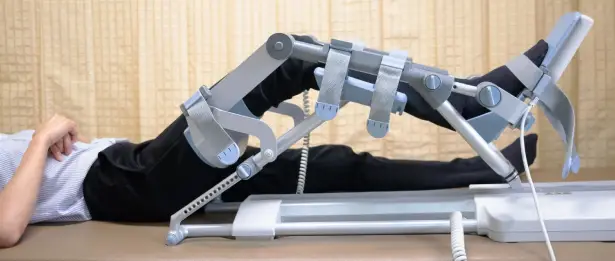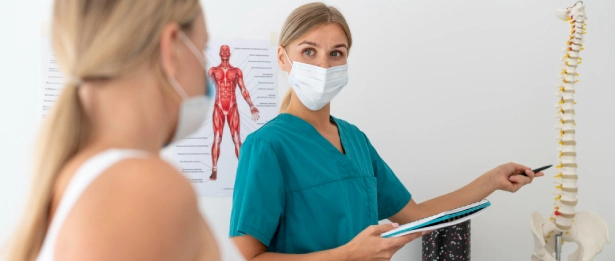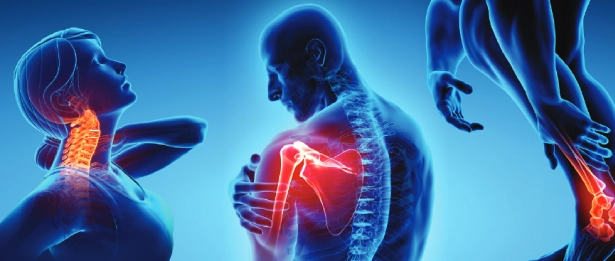Robotic Orthopedics Surgery

Robotic Orthopaedics device, which is used in prosthesis procedures used in the treatment of joint calcification, provides a prosthesis surgery suitable for the patient's anatomy and biomechanics during surgery. With the damage to the articular cartilage, also known as calcification among the people, the bone ends on the cartilage tissue begin to rub, which causes pain.
The aim of prosthesis surgery is to reduce pain and maintain mobility and functionality by covering the damaged joint surfaces. In prosthetic surgery, a number of standards and procedures must be followed, but since the joint structure is individualised, a special procedure should be applied to each patient.
What is Robotic Orthopaedic Surgery System?
With Robotic Orthopaedic Surgery, the operation planned by the surgeon is performed in accordance with the procedure. With the detailed planning feature of the Robotic Orthopaedics device, the most suitable implant for the person's anatomy is determined. It evaluates issues such as joint flexibility and ligament balance of the person with precision.
With Robotic Orthopaedics Surgery, only surfaces limited to damaged areas can be covered and mobile and dynamic joint structures can be obtained. In this way, length or shortness problems that may occur in the leg are prevented. At the same time, the patient's recovery process is faster in the operation performed with a small surgical incision compared to other operations.
Robotic Orthopaedic Surgery is expected to be used in the treatment of arthritis of other joints such as the shoulder in the near future.
How is Robotic Orthopaedic Surgery Performed?
A 3D virtual model of the joints is created with the MRI taken before the operation; The implant to be used and the interventions to be performed are planned very precisely with the physician's evaluation.
When the operation is started, one of the first procedures to be performed by the physician will be to match the 3D virtual model of the joints in the robot's memory with the real joint anatomy in the operating theatre. After this matching, Robotic Orthopaedic Surgery will now start to see your joint in the spatial environment thanks to its eyes in the operating theatre, that is, reflector sensor systems.
Before proceeding to the preparation of the implant slots, the robotic system precisely analyses the joint ligament balance, i.e. biomechanics. It also reports the opposite leg length differences in hip surgeries to the physician. The physician evaluates the results of these analyses and decides on the final and biomechanically most appropriate placement of the implant.
After the pressure washing of the prepared slots, the previously planned implants are applied by the physician under the guidance of the robotic arm. Pain level after robotic surgery is less compared to standard surgery.




